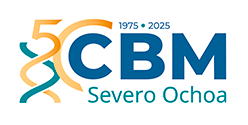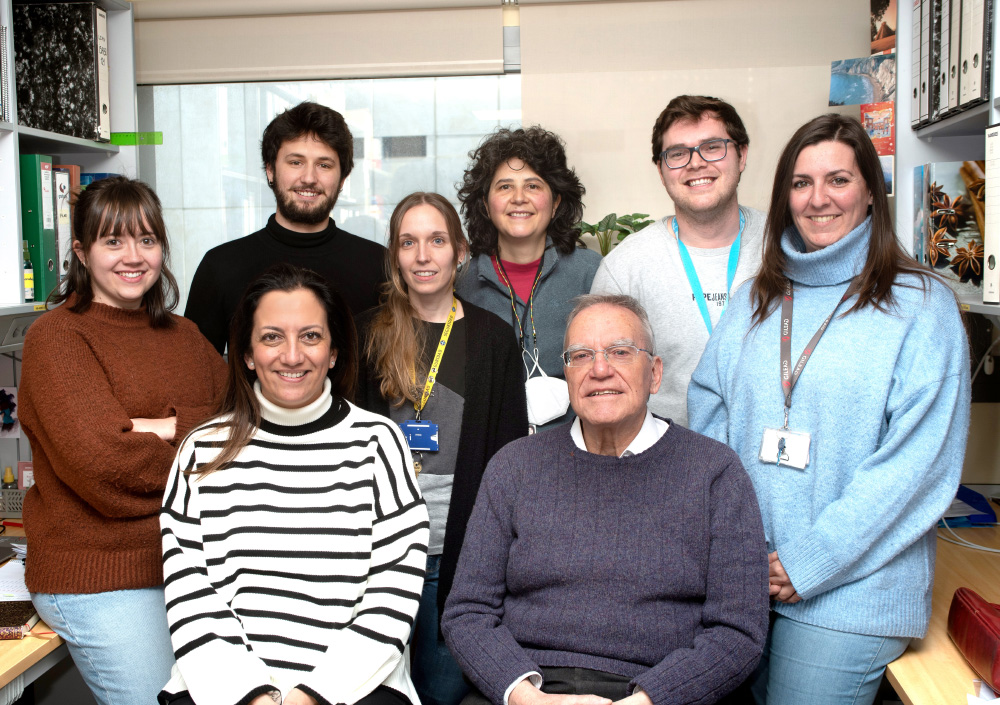Scientific Program
Interactions with the environment
RESEARCH GROUP
Genetic variability of RNA viruses

Esteban Domingo Solans
Genetic variation of RNA viruses is a paradigmatic example of biological complexity, with its theoretical and practical implications. It is a major difficulty for the control of viral disease. We investigate SARS-CoV-2 population complexity using experimental and advanced computational tools. We seek to find antiviral treatments based on lethal mutagenesis to effectively inhibit virus replication.
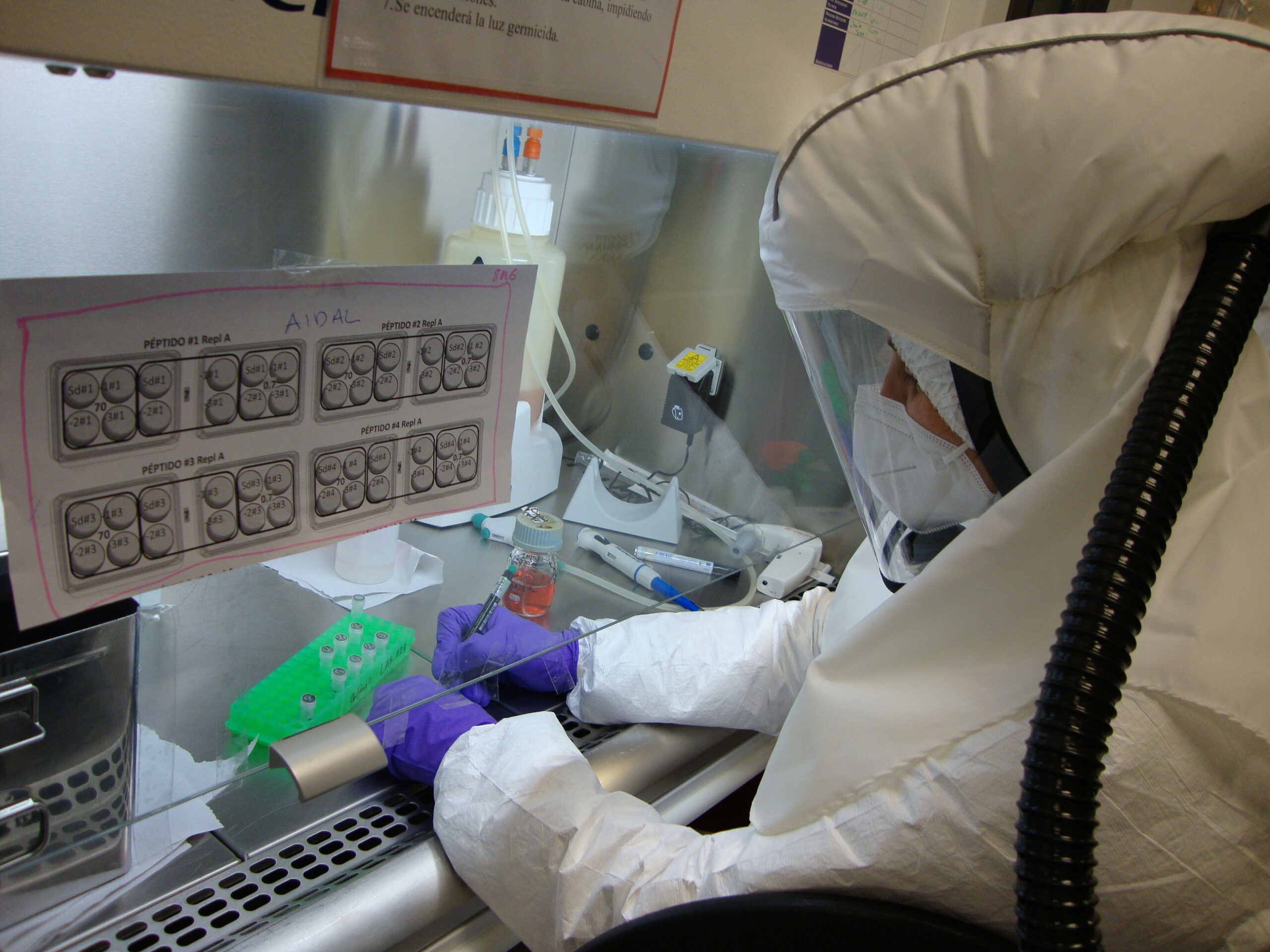
Research
Our previous work with the pathogenic RNA viruses foot-and-mouth disease virus, human immunodeficiency virus type 1, lymphocytic choriomeningitis virus, and hepatitis C virus (HCV) provided a unified picture of implications of virus populations consisting of highly dynamic mutant clouds. These early studies opened the way to lethal mutagenesis (virus extinction by excess of mutations) as an effective antiviral strategy that we have investigated with several viruses. Some of the antiviral agents presently used in human antiviral therapy act through lethal mutagenesis. A significant advance was made when we documented that a synergistic anti-HCV activity was exerted by two licensed nucleoside analogues, thus opening the way to improved treatments requiring lower drug doses. Recently, we have shown that synergistic lethal mutagenesis is effective to extinguish SARS-CoV-2.
The emergence of COVID-19 and its causative agent, SARS-CoV-2, posed a double scientific challenge, that we are currently approaching in collaboration with the group of Dr. Celia Perales (CNB-CSIC). The first challenge was to explore whether this new pathogen adhered to the tenets of quasispecies dynamics that we had established for other viruses. Given the large coronavirus genome size, and its encoding an exonuclease proofreading-repair enzyme, many experts believed (and some still do) that the degree of intra-host diversity of this virus would be limited, and so would be the impact of quasispecies dynamics in its behavior and disease treatment protocols. This first challenge has been largely solved by collaborative work of our two teams with a multidisciplinary consortium that includes M.Ds and Ph.Ds from Fundación Jiménez-Díaz, Dr. Soledad Delgado (UPM) (assisted by Dr. Federico Morán of UCM and Cecilio López-Galíndez of ISCIII), the group of Dr. Nuria Verdaguer (IBMB-CSIC), Dr. Ramón Lorenzo-Redondo (Northwestern University, USA) and the consulting international company Management Solutions. We have quantified an extensive SARS-CoV-2 population heterogeneity within infected COVID-19 patients by reaching by ultra-deep sequencing an unprecedented resolution of minority mutations, present at 0.1% frequency. Significantly, by studying multiple haplotypes within patients using self-organized neuronal maps, we have shown that the incipient diversification observed in infected individuals is functionally relevant. Indeed, several mutations that arise within infected patients changed the kinetics of viral RNA synthesis.
The second challenge was if variation of SARS-CoV-2 was sufficient to pose a difficulty for COVID-19 control and, therefore, if our synergistic lethal mutagenesis approach would be useful as an antiviral design. Again, quasispecies dynamics of SARS-CoV-2 had the expected consequences: vaccines exhibit limited effectiveness, and they require periodic updating. Likewise, synergistic antiviral treatments will be required to reach adequate efficacy, and to minimize selection of antiviral-resistant mutants.
Use of neuronal networks to understand the informational contents and implications of SARS-CoV-2 mutant clouds, and the search of new antiviral combinations based on lethal mutagenesis, are the two major research lines of our laboratory. To achieve these aims we have available thousands of SARS-CoV-2 isolates from patients of the different COVID-19 waves, who display different clinical profiles (immunocompetent, immunocompromised, etc.). Also, with the support of the group of Dr. Luis Enjuanes (CNB-CSIC) we have developed a cell culture system to study SARS-CoV-2 population dynamics, and protocols to obtain virus of different replicative fitness in a cell culture environment. Since fitness is by itself a factor of antiviral resistance, the availability of high fitness SARS-CoV-2 will permit applying stricter protocols of antiviral efficacy than using standard virus isolates.
Group members

Esteban Domingo Soláns
Lab.: 121 Ext.: 4540
edomingo(at)cbm.csic.es

Celia Perales Viejo
Lab.: 121 Ext.: 4541
cperales(at)cbm.csic.es
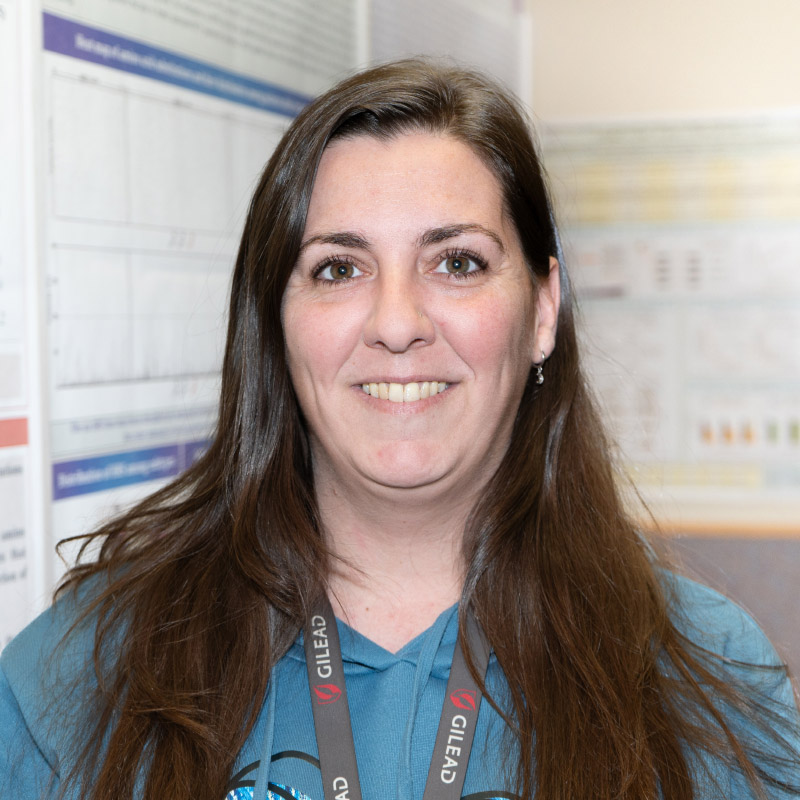
María Eugenia Soria Benito
Lab.: 121 Ext.: 4541
mesoria(at)cbm.csic.es
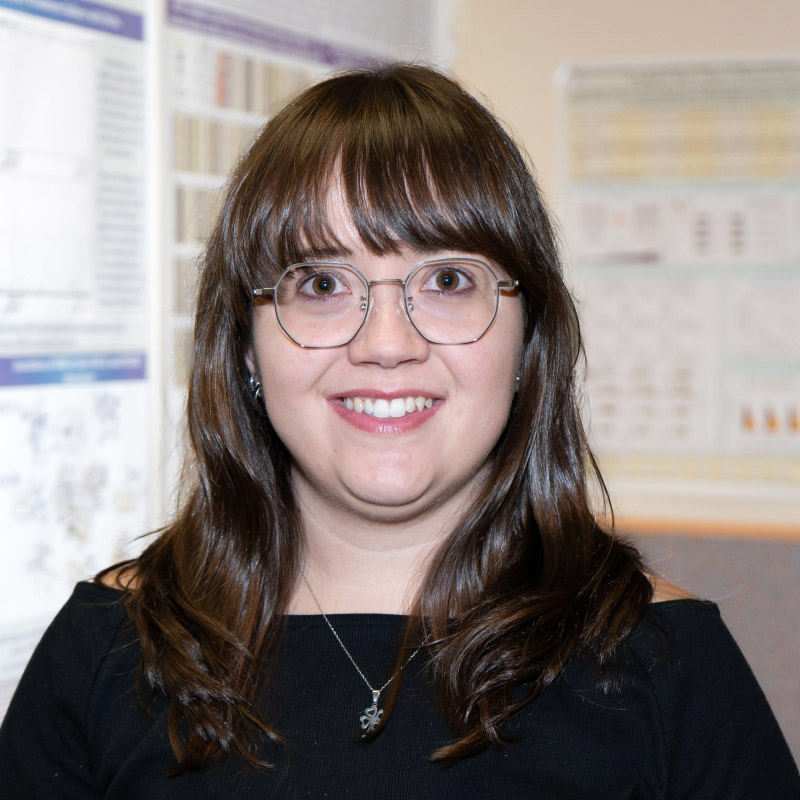
Brenda Martínez González
Lab.: 121 Ext.: 4541
brenda.martinez(at)cbm.csic.es
Selected publications
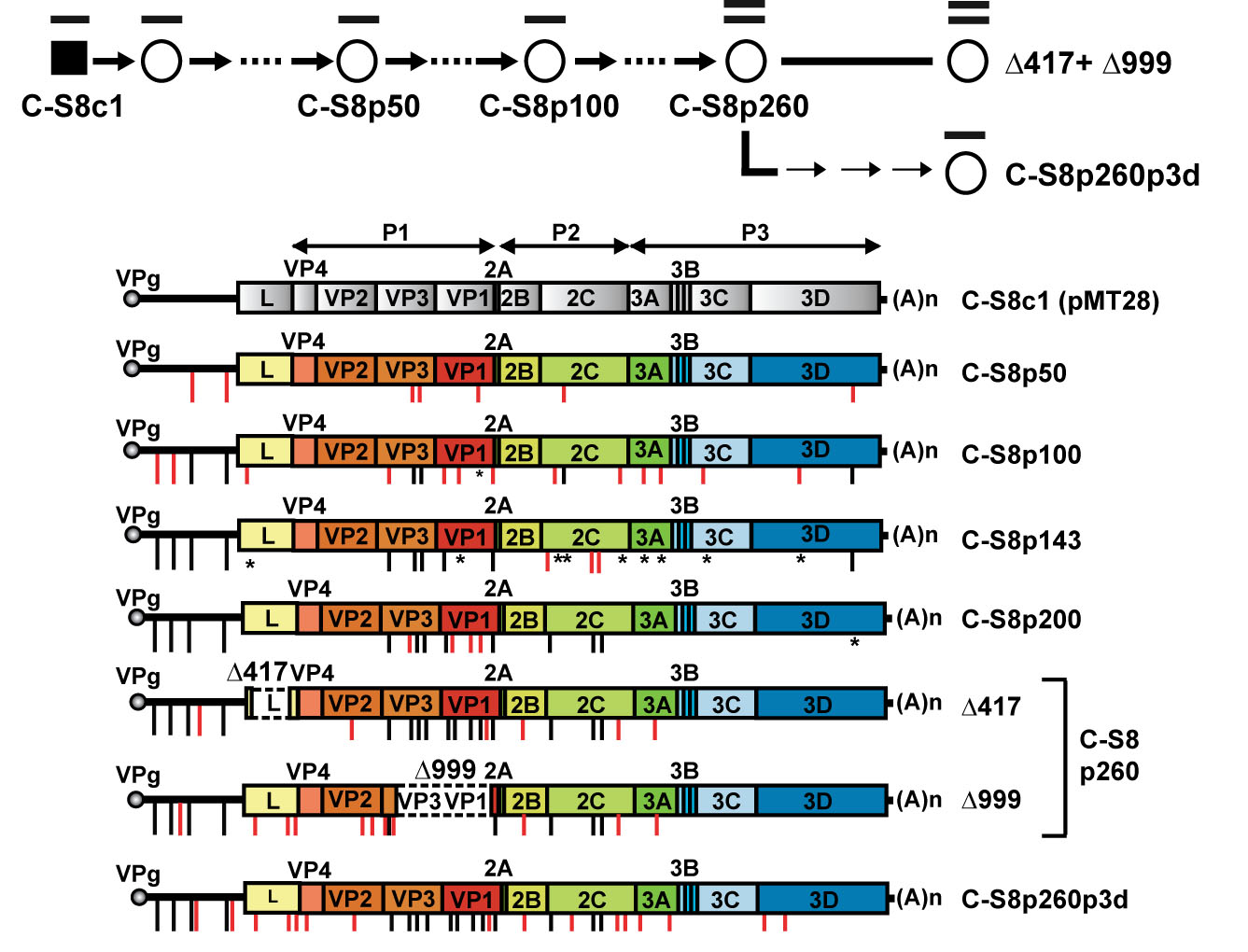
Exploration of sequence space as the basis of viral RNA genome segmentation
Elena Moreno et al.
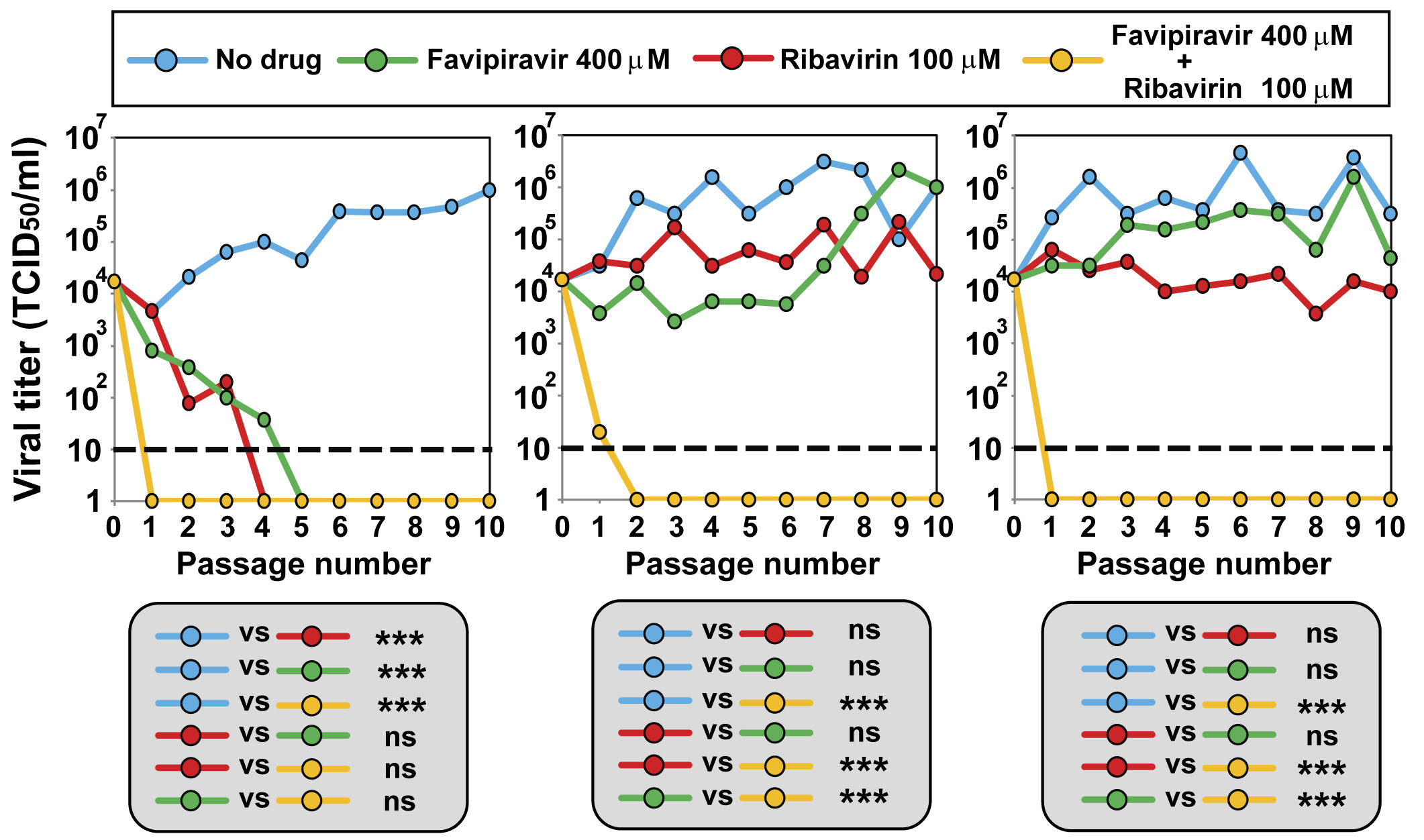
Synergistic Lethal Mutagenesis of Hepatitis C Virus
Isabel Gallego et al.
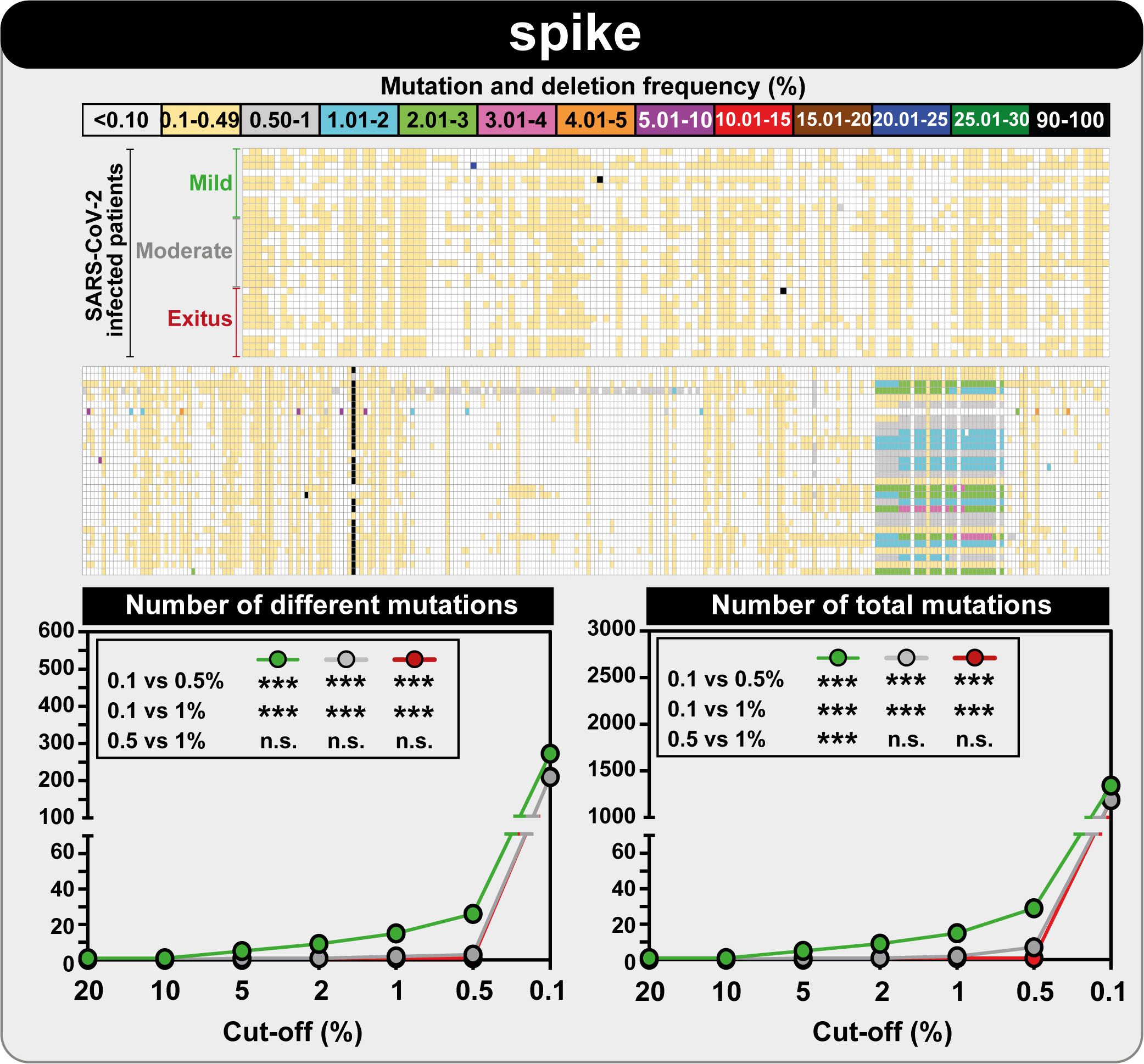
SARS-CoV-2 Mutant Spectra at Different Depth Levels Reveal an Overwhelming Abundance of Low Frequency Mutations
Brenda Martínez-González et al.

Incipient functional SARS-CoV-2 diversification identified through neural network haplotype maps
Soledad Delgado et al.
